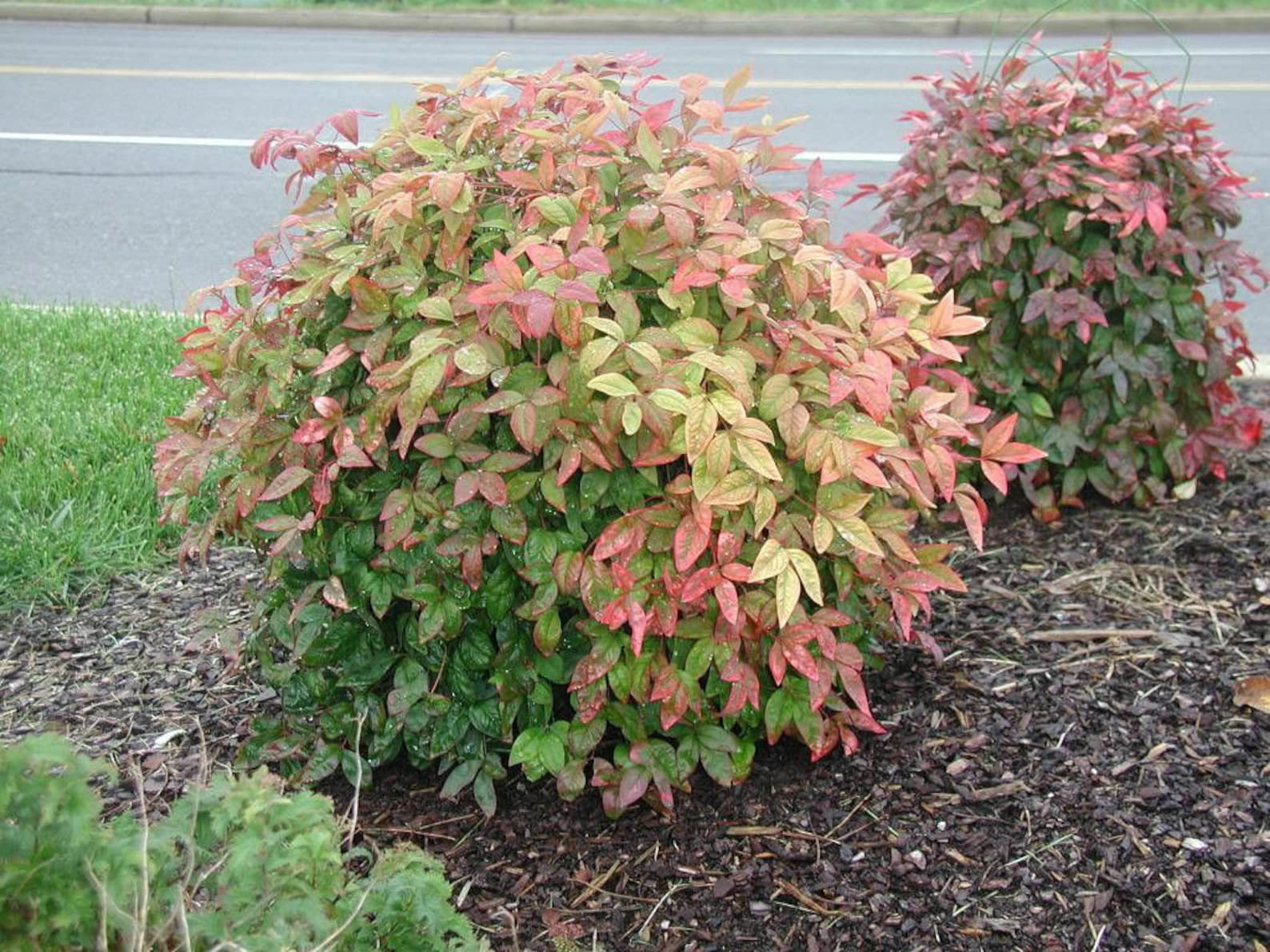Best Fertilizer For Nandina
If you are looking for a way to keep your nandina plants looking healthy and vibrant, the right fertilizer is essential. Nandina plants are known for their vibrant colors and beautiful foliage, but without the right nutrients, they can quickly become lackluster. In this post, we will explore the best fertilizer for nandina plants and how to keep your plants thriving.
Pain Points Related to Fertilizing Nandina Plants
Nandina plants require certain nutrients to grow and thrive. Without the proper balance of nutrients, your plants may be susceptible to diseases and pest infestations. Over-fertilizing your plants can also lead to excessive growth, which can be difficult to manage. Therefore, it is essential to use the right fertilizer and follow the instructions carefully to avoid these issues.
Answer: The Best Fertilizer for Nandina Plants
The best fertilizer for nandina plants is one that is rich in nitrogen, phosphorus, and potassium, known as NPK. Nitrogen helps to promote healthy foliage, while phosphorus is essential for root development and flowering. Potassium helps to increase the plant's tolerance to stress, such as temperatures and pests. A balanced NPK ratio of 8-8-8 or 10-10-10 is ideal for nandina plants.
Summary of Best Fertilizer for Nandina Plants
Choosing the right fertilizer can make all the difference in the health of your nandina plants. To keep your plants looking their best, use a balanced NPK fertilizer with a ratio of 8-8-8 or 10-10-10. Be sure to follow the instructions on the package carefully and avoid over-fertilizing your plants.
The Importance of Organic Fertilizers for Nandina Plants
While synthetic fertilizers are an option, organic fertilizers provide the added benefit of enriching the soil over time. Organic fertilizers also contain micronutrients and trace elements that are essential for healthy plant growth. Using organic fertilizers can help improve soil quality and reduce the risk of nutrient deficiencies.
One excellent option is to use compost tea, which is made by steeping compost in water. Compost tea provides a natural source of nutrients that are released slowly, ensuring your plants are getting the nutrients they need without the risk of over-fertilization.
Choosing the Right Time to Fertilize Nandina Plants
It is essential to fertilize nandina plants at the right time to ensure optimal growth and health. The best time to fertilize your plants is in the spring, just as new growth begins. You can also fertilize your plants again in the fall to prepare them for the winter months. Be sure to follow the instructions on the package carefully and avoid fertilizing during the hottest part of the day or when the soil is dry.
Tips for Applying Fertilizer to Nandina Plants
The key to applying fertilizer correctly is to spread it evenly around the base of the plant, avoiding the foliage and stem. Water the plant well after applying the fertilizer, as this will help to distribute the nutrients evenly throughout the soil. Be sure to wear gloves and follow the package instructions to avoid skin irritation.
The Benefits of Using a Slow-Release Fertilizer for Nandina Plants
Slow-release fertilizers release nutrients slowly over time, providing a consistent source of nutrients for your plants. This is especially beneficial for nandina plants, which prefer a consistent source of nutrients. Slow-release fertilizers are also less likely to burn the plant or damage its roots, making them ideal for both indoor and outdoor plants.
Choosing a Slow-Release Fertilizer for Nandina Plants
When choosing a slow-release fertilizer, look for one that contains a balanced NPK ratio of 8-8-8 or 10-10-10. You may also want to consider organic slow-release fertilizers, such as fish emulsion or blood meal, which provide natural sources of nutrients. Be sure to follow the instructions on the package carefully and avoid over-fertilizing your plants.
Question and Answer
Q: Can I fertilize my nandina plants during the summer months?
A: It is best to fertilize your nandina plants in the spring and fall. Fertilizing during the summer months can lead to over-fertilization, which can damage the plant.
Q: How often should I fertilize my nandina plants?
A: You should fertilize your nandina plants twice a year, in the spring and fall.
Q: Can I use a high-nitrogen fertilizer on my nandina plants?
A: While nitrogen is essential for healthy foliage, using a high-nitrogen fertilizer can lead to excessive growth, making the plant difficult to manage. Stick to a balanced NPK fertilizer with a ratio of 8-8-8 or 10-10-10.
Q: Can I use coffee grounds as a fertilizer for my nandina plants?
A: Yes, coffee grounds can be used as a natural fertilizer for nandina plants. They provide a source of nitrogen and other minerals that are beneficial for plant growth.
Conclusion of Best Fertilizer for Nandina
Choosing the right fertilizer is crucial for keeping your nandina plants healthy and vibrant. Be sure to use a balanced NPK fertilizer with a ratio of 8-8-8 or 10-10-10, and follow the instructions carefully. Organic fertilizers, such as compost tea, can also provide added benefits for soil health and plant growth. By following these tips, you can ensure your nandina plants thrive and look their best.
Gallery
Nandina Firepower - VerdeGo
Photo Credit by: bing.com / nandina nana firepower domestica plants blush verdego bamboo leaf evergreen sacred plant
Pin On Landscaping

Photo Credit by: bing.com / gardengoodsdirect
Domestica Firepower Nandina 2.5L | Servicio De Jardinería, Plantas De

Photo Credit by: bing.com /
Nandina Domestica ‘Gulfstream’ | Kiefer Nursery: Trees, Shrubs, Perennials

Photo Credit by: bing.com / nandina gulfstream domestica shrubs
10 Dwarf Nandina Firepower Plants Ornamental Shrub | Etsy

Photo Credit by: bing.com / nandina firepower shrub nana shrubs ornamental domestica heavenly arbuste gallon adecuadas invierno nepeta arbusti coltivazione utili